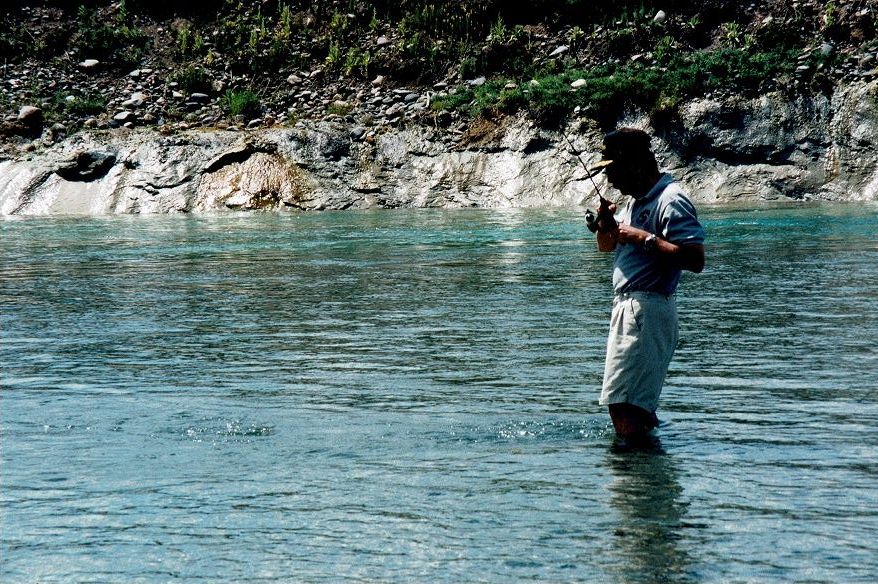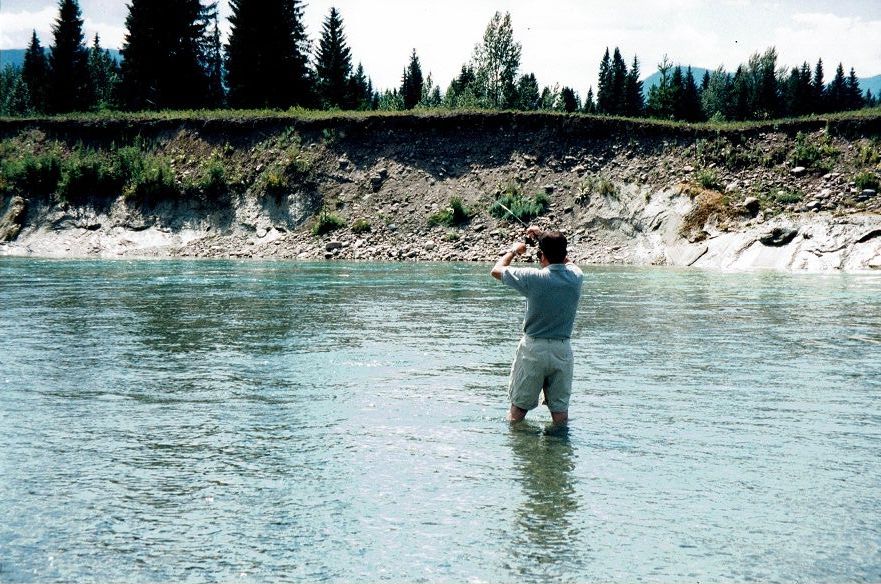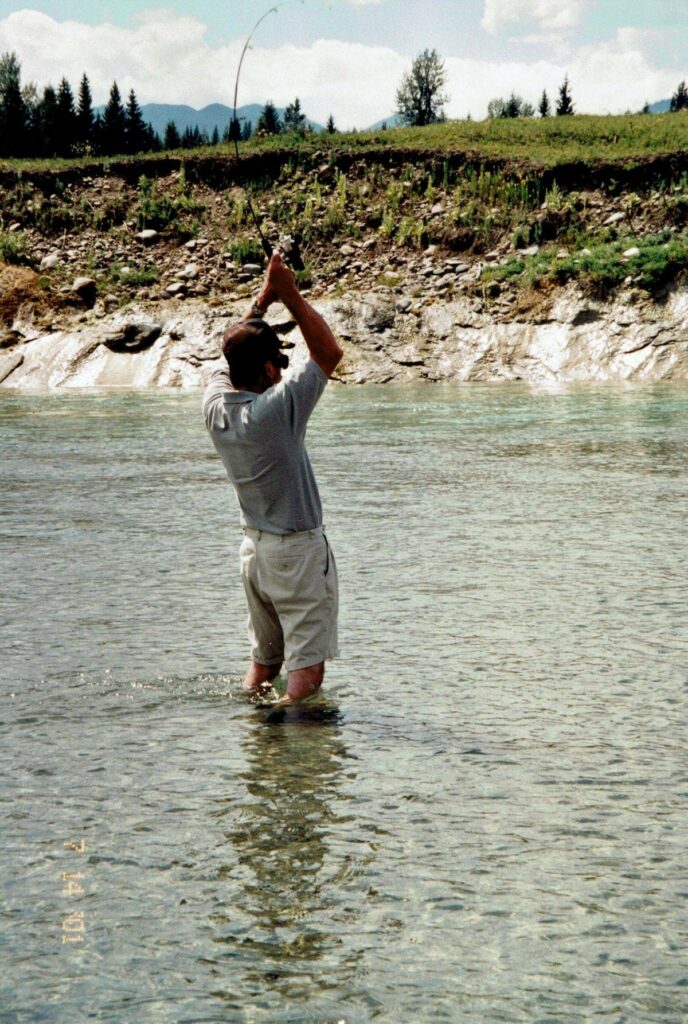Montana is home to some of the best trout fly fishing in the United States. People come from all over the world to fish its legendary waters. Some fly fishermen seek the expertise of a Montana fly fishing guide while others are determined to go at it alone. Regardless of how you do it, there are many things to consider that will help prepare you. This is a quick guide to Montana trout fly fishing aimed at helping ensure a successful trip to one of the most beautiful places in the world.

Even if a person was to fly fish Montana for a year and never catch a fish, the trip would still be a success. It’s hard to imagine the sheer beauty of the Montana wilderness until you have been there. The wildlife alone is enough to keep you coming back; throw in a few 20-inch trout and you’re in for one of the best trips of your life.
To make this trip as successful as possible, there are items you will not want to forget and scenarios that you’ll want to be prepared for. We hope this two-part article helps you prepare for a successful fishing expedition.
Where to Fly Fish in Montana
Montana is one of the biggest states in the U.S. where the Rocky Mountains cover the western third of the state. Several massive mountain ranges reside in this area that feed thousands of rivers, streams and lakes. With all this water, it can be a daunting task finding the right body of water to fish. Of course, when you discover cold, clear water you can almost be certain there are trout in it, probably big trout. From the northwest to the southeast corners, and everywhere in between, fly fishing for trout is possible.

Montana’s rivers, creeks and lakes are known to have large trout but it may many trips to Montana to determine what your favorite waters will be. Some say you could fish Montana for a lifetime and still have new rivers to explore, and fish to catch.
When to Fly Fish Montana
Having lived and worked in Montana for over 35 years, we have experienced many great fly fishing outings. But like any fish story, we’ve been skunked too. Timing your vacation around the right weather and insect hatches can better your chance of good days on the river. Most hatches are dependent on weather therefore if you visit during the summer when the weather is most predicable, your chances of having a successful fishing expedition increases.
Here is a quick break down on each season and what can be expected:
- Winter: Cold! You may be better doing some tropical fishing if you’re determined to get a line in the water. Many of the rivers in Montana freeze over coupled with a possibility of dangerous ice shelves. There is some fishing in tail waters near the dams, but unless you’re a local, a planned trout fishing trip is better left for warmer weather. Of course, if you do venture out here in the winter, there’s always ice fishing and the skiing is amazing.
- Spring: Fish this time of year can be less fearful as they’ve likely not experienced hooks in their mouth versus later in the season. There is usually a small window when the snow and ice clear from lower altitude rivers making for clear water. This is a good time to fish but again, the window of opportunity is quite small. If you can get away with short notice, the fishing can be good. As the snow melts and spring rain occurs, the rivers will rise and clarity will be reduced.
- Summer: This is the most popular time to enjoy fly fishing Montana’s trout-filled rivers. The temperatures are comfortable, the river levels drop and the water becomes clear. The Salmon Fly hatch is the first hatch to really kick off the season, typically occurring the second week in June. This is a busy time of year for Montana fishing, the trout enjoy large insects. From the middle of June and throughout the rest of the summer, there will be hatches of either caddis, mayflies, hoppers and many more.
- Fall: After the summer crowds leave, the fall gives way to cooler temperatures and less crowded rivers. This is a favorite time of year for many hardcore fly fishermen. The fish are ready to fatten up for the winter and more big insects start hatching. The main attraction this time of year is the Fall Caddis hatch. These supersized caddis are a trout’s main entree and can be taken with ease off the top with large floating flies such as stimulators and caddis in size 6 to 10.
Being Your Own Montana Trout Fly Fishing Guide
For an experienced fly fisherman, Montana can be effectively fished without the help of a guide. This will certainly keep costs down if you’re coming in from out of state but only advised for those proficient at casting and working flies. There is a learning curve to fly fishing and if you haven’t overcome that curve, it can be very beneficial to have someone alongside with, either an experienced friend or professional guide. Before you head out on your fly fishing expedition, you will want to know what gear and fly patterns will serve you best.

Using Google image search, here’s a quick collection of insect hatch charts for Montana.
Of course, you can always drop by a local fly shop for guidance. Most of these folks spend a lot of time on the river and will be able to steer you in the right direction. You may also want to inquire about local guides. Sometimes, you can book a trip last minute for a discounted price if the guide is not booked. If you’re going fly fishing on your own, then make sure to read the gear guide in Part II of this article.

